Just before Christmas, I was wandering aimlessly nearby a bizarre Saigon monument known as Ho Con Rua - Turtle Lake. It's bizarre because it's not a lake and it has no obvious connection with a turtle.
Ho Con Rua is a relic of Saigon's pre-1975 architectural landscape. The superstitious and notoriously corrupt Nguyen Van Thieu, who ruled South Vietnam through the most terrible phase of the Vietnam War, commissioned the fountain with the help of feng shui experts. It was intended to bolster his fortunes and those of his war-torn nation.
It failed dismally. Millions died on his watch and Thieu's presidency collapsed in a heap as North Vietnamese forces closed in on Saigon in April 1975.
It's hard to pass Turtle Lake and not think about failure - of a president, a State and on a more modest scale, a public monument. Turtle Lake's failures are pretty much total - unless you want to celebrate its quirkiness, or the fact that young Saigonese, starved of public space, flock here from the nearby university to sit and chat in the shade of the tall colonial era trees. Its state of neglect would indicate the city government doesn't have much affection for Ho Con Rua either.
There was once a turtle by the way. It's said to have been destroyed in a protest in 1978 that I know nothing of and haven't been able to find any meaningful information about.
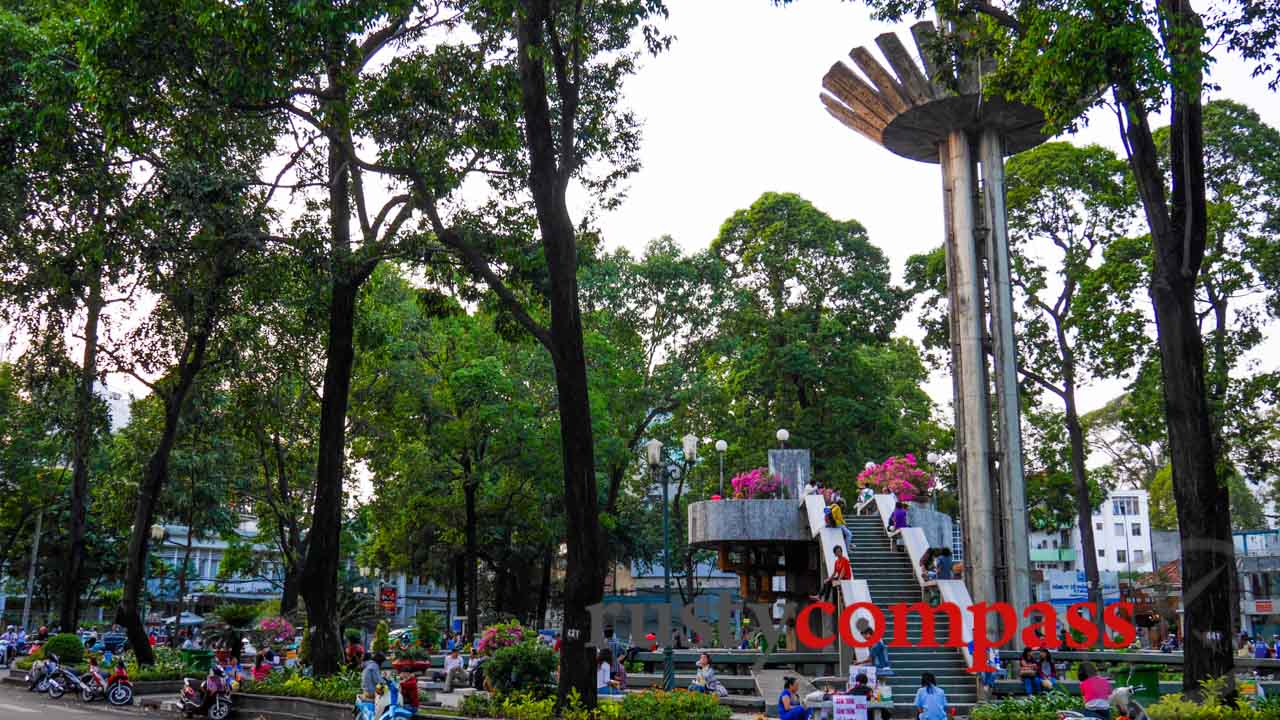
Photo: Mark Bowyer Ho Con Rua - Turltle Lake, Saigon
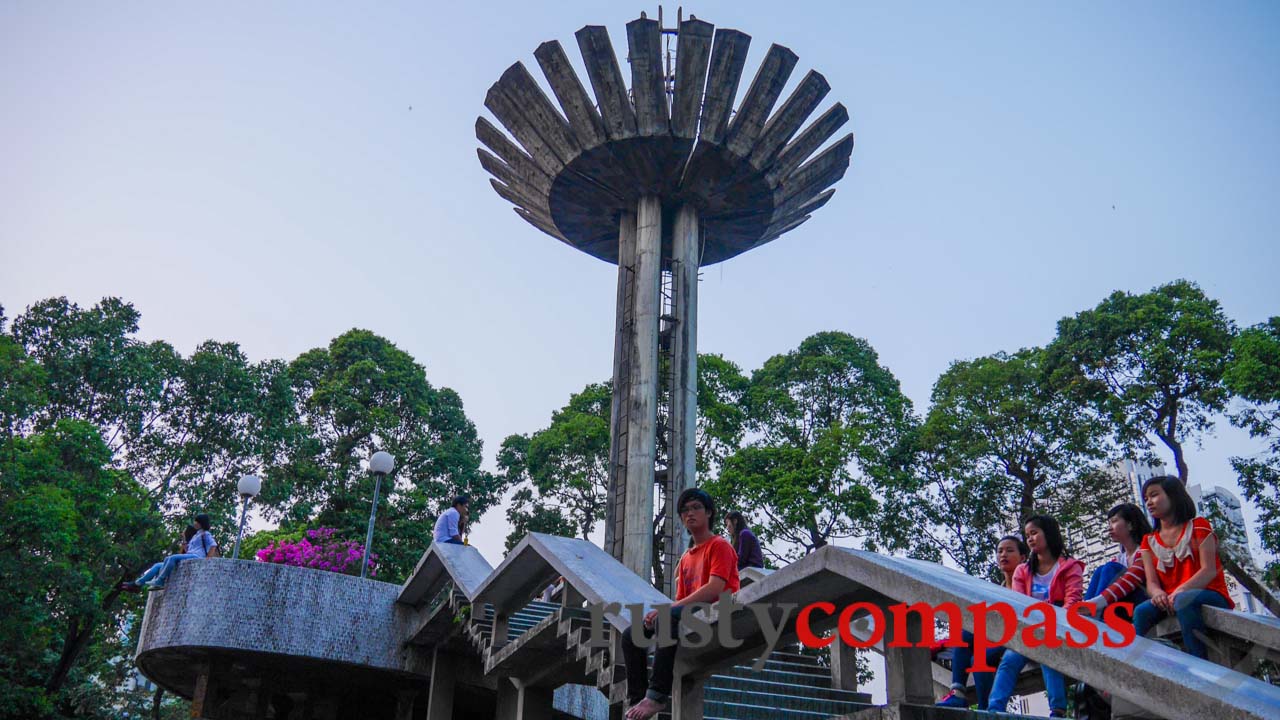
Photo: Mark Bowyer Ho Con Rua - Turltle Lake, Saigon
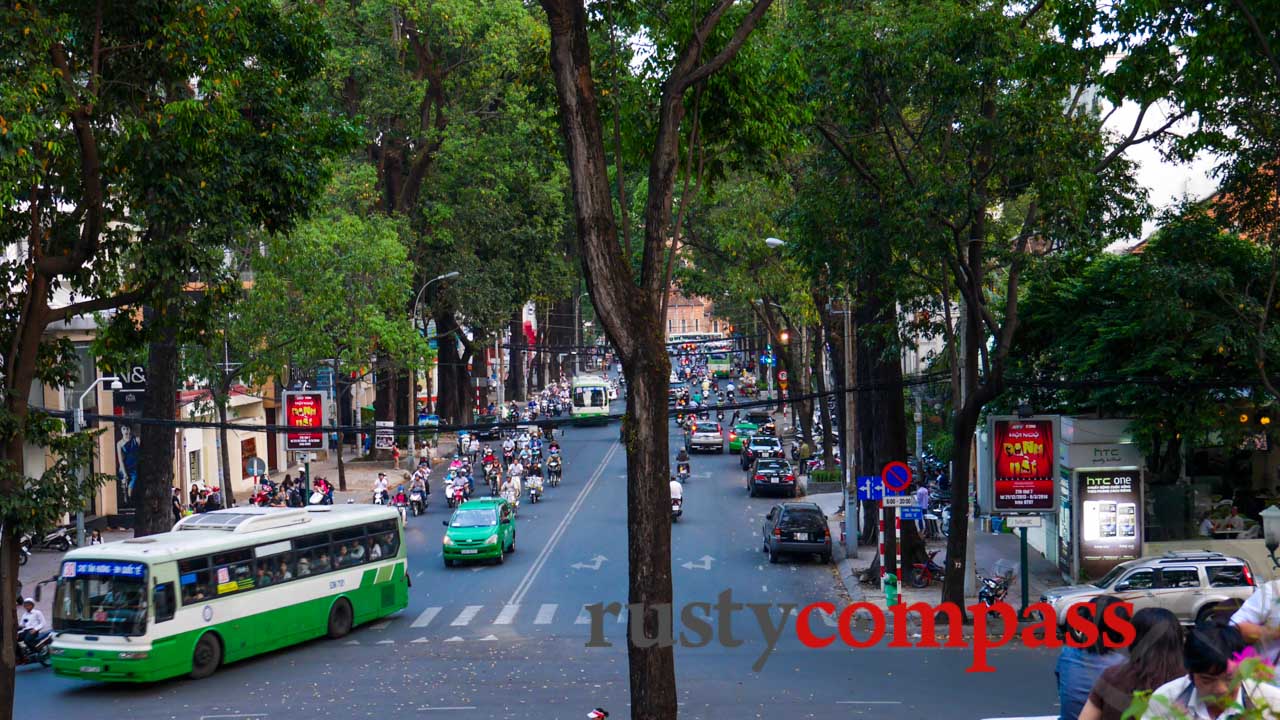
Photo: Mark Bowyer From Ho Con Rua - along Pham Ngoc Thach St to the rear of Notre Dame Cathedral.
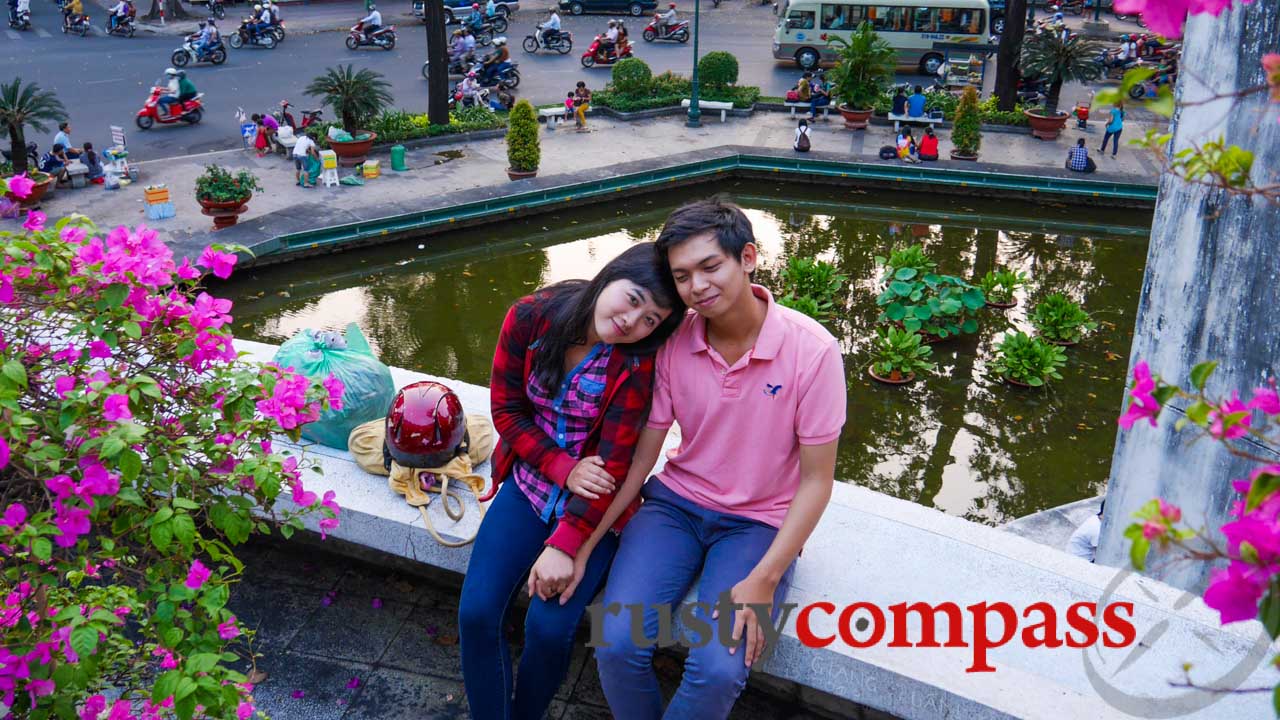
Photo: Mark Bowyer A little escape. Ho Con Rua, Saigon
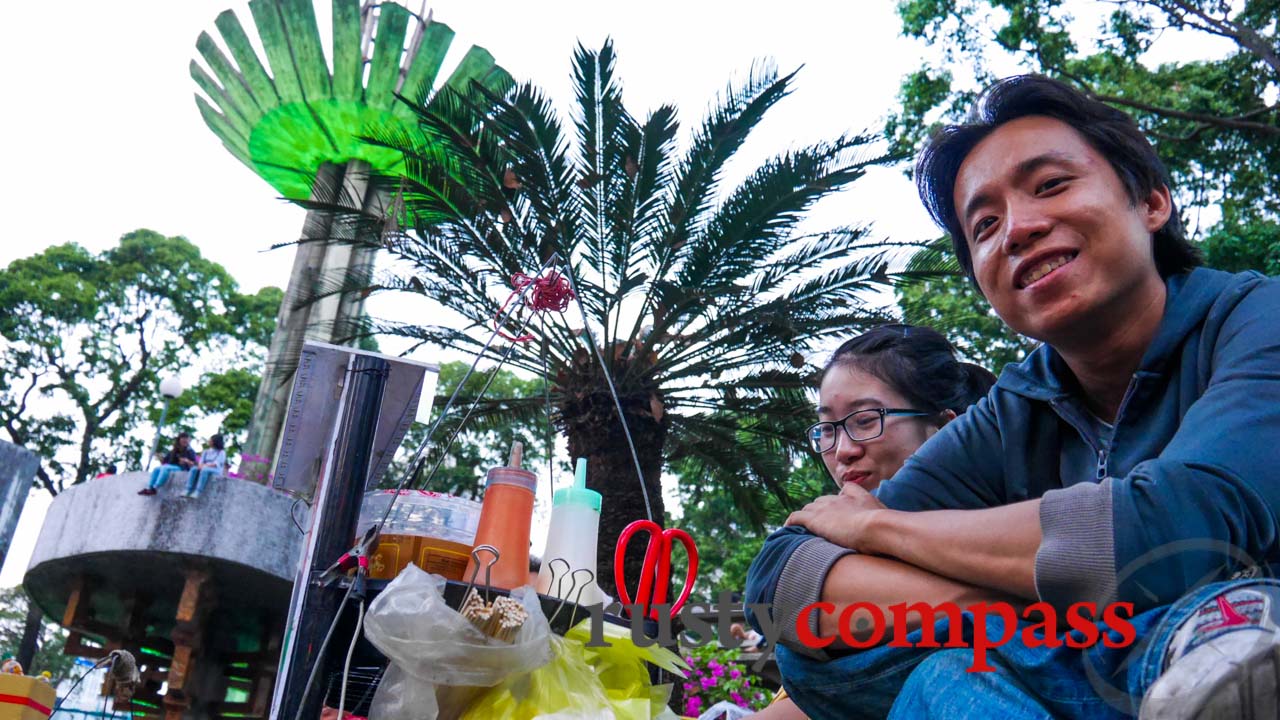
Photo: Mark Bowyer Young students at the sausage stand, Ho Con Rua, Saigon
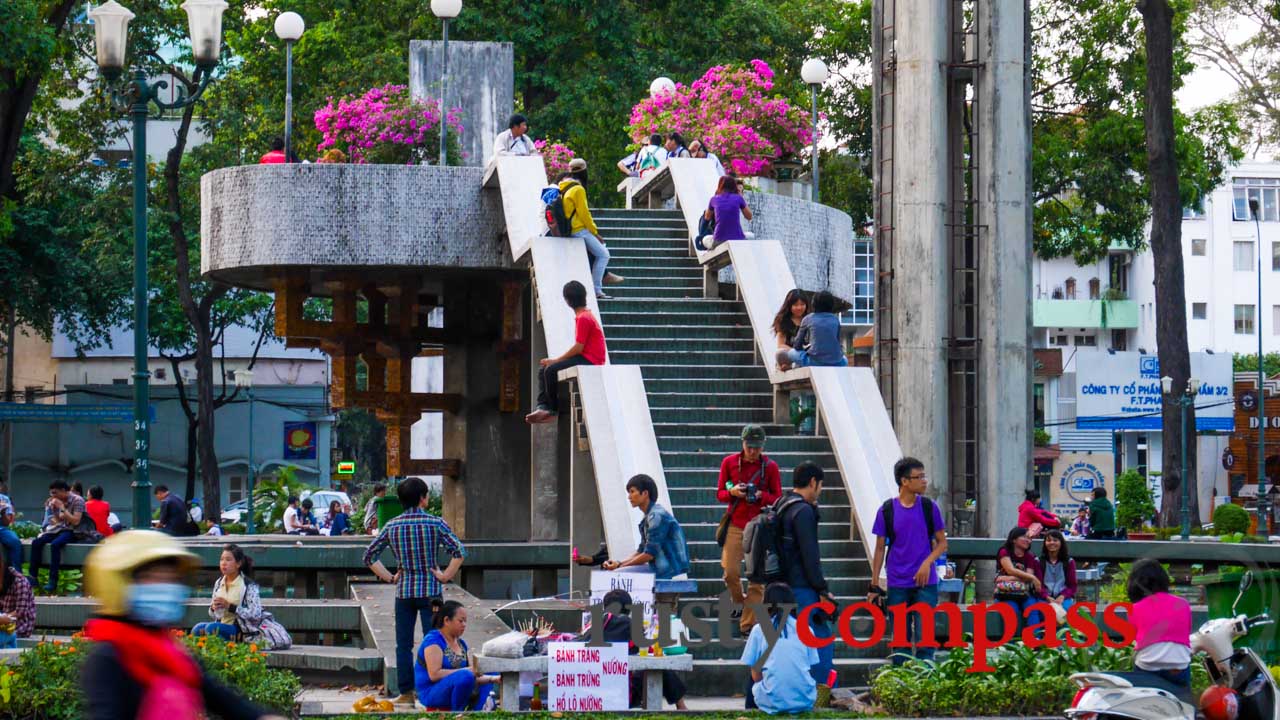
Photo: Mark Bowyer Ho Con Rua - Turltle Lake, Saigon
Anyway, as I walked past the monument that afternoon, thinking about failure all over again, I had no idea I was about have an encounter with the memory of the another South Vietnamese President - the man who surrendered at the then Independence Palace (now Reunification Palace) on 30 April 1975 - Duong Van Minh.
As I wandered down Vo Van Tan St I spotted an old French colonial rooftop down an alley that I'd never seen before. I made my way in for a look.
I was greeted through the fence by a friendly face. A man in his 70s, who spoke with a distinctive northern accent. He spotted my interest and invited me in. His was a hospitality more common to Vietnam's countryside than the city. And his rundown cottage, with three generations of his family relaxing in the garden, had a warm country feel to it as well.
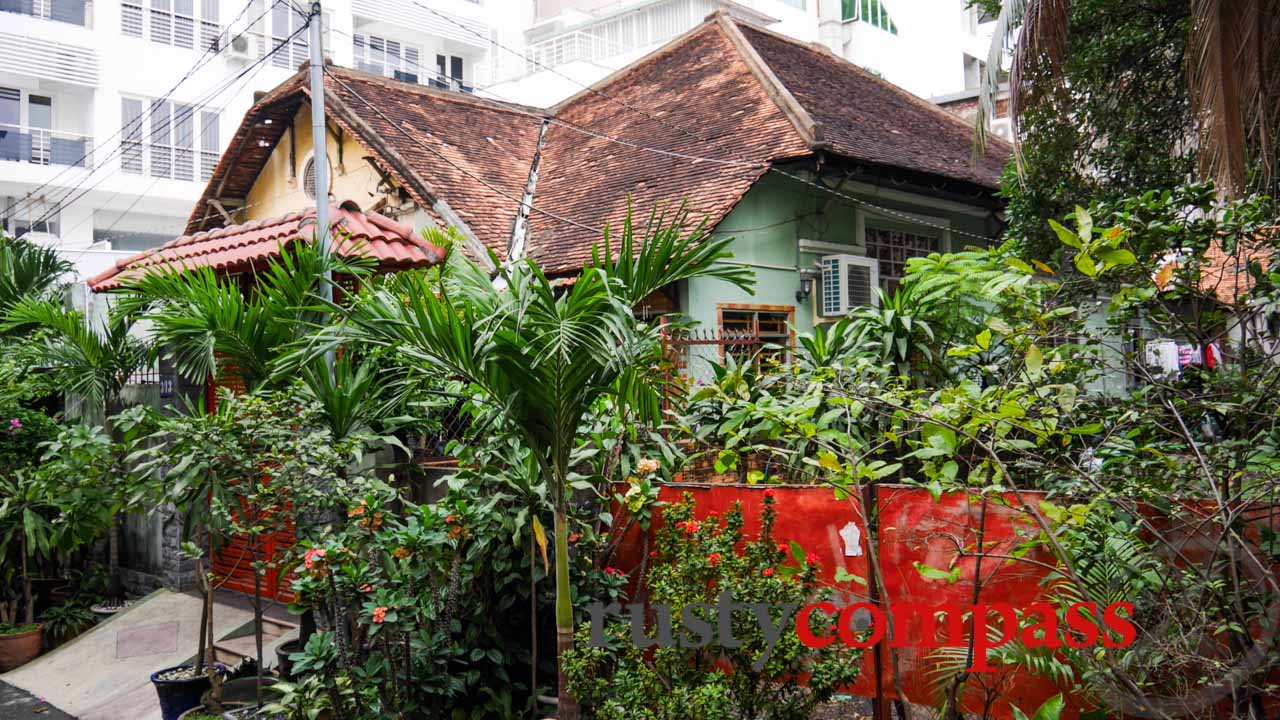
Photo: Mark Bowyer The little cottage that drew me down the lane.
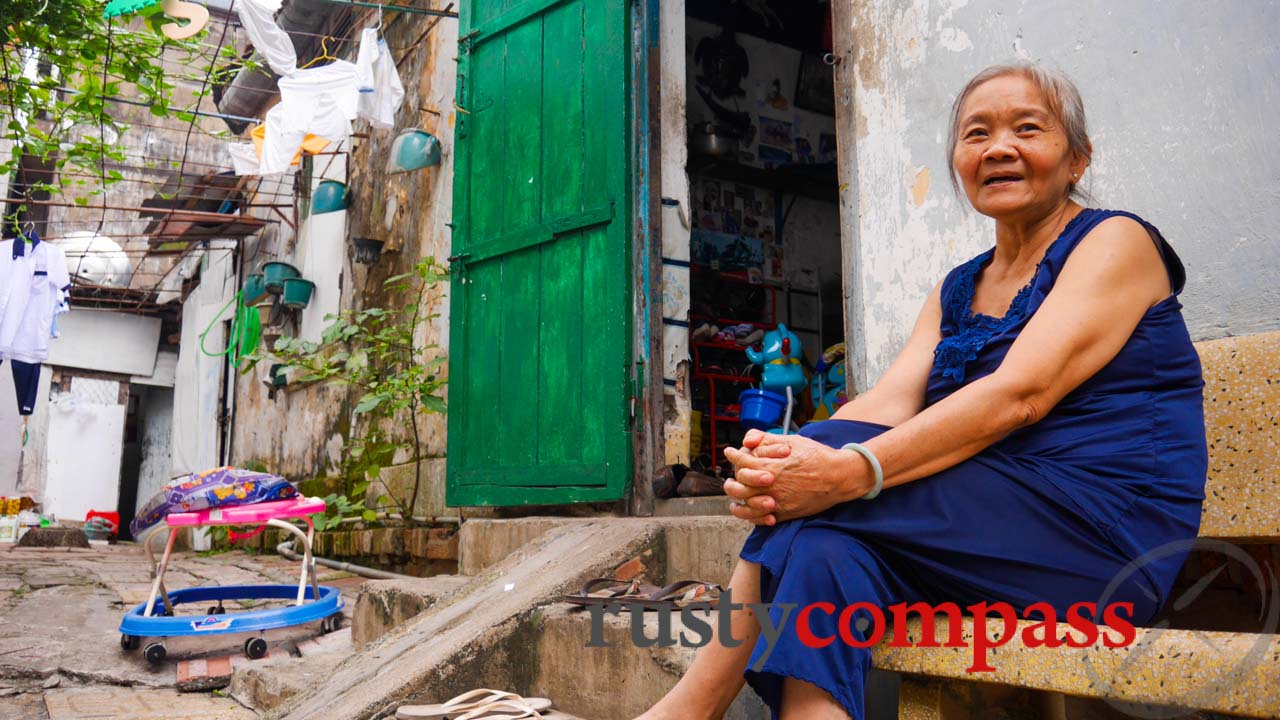
Photo: Mark Bowyer Three generations living country-style in the middle of downtown Saigon.
He told me he'd lived in this house since the end of the war and that he was part of the huge movement of northerners that headed south after 1975. He had been a soldier in the North Vietnamese Army that captured Saigon. He must have had some standing to be able take over such a prized piece of real estate. It would be worth a small fortune now.
His family was delighted that I was interested in running off a few photos.
Then he asked if I'd seen the building right behind. He told me it was the former residence of South Vietnam's last president, Duong Van Minh.
I knew Minh's (aka Big Minh) house was in this area but I'd never seen it. He invited me in for a look and a chat with his friend who lived there.
It turned out that the friend was Cu Thach Banh, Duong Van Minh's driver from the early 1960s. Banh told me he drove President Minh to the Palace on 30 April 1975 - the day North Vietnamese tanks crashed through the gates ending 30 years of war.
President Thieu of Turtle Lake fame fled the palace weeks before Saigon collapsed. His first replacement, the elderly Nguyen Van Huong, lasted a few days. He was then replaced by Duong Van Minh - Big Minh.
Having been installed only 2 days before the fall of the city, as NLF and North Vietnamese troops converged, Minh hadn't had time to move into the Presidential digs. And in the end he never got the chance.
President Minh's driver, Mr Banh, was born in the Mekong Delta town of Tra Vinh. Like many Tra Vinh residents, he's of Khmer origin. In his mid 80s he's thick-set, and welcoming with a face that moves often between a broad smile and melancholy.
He showed a great fondness for the man he once drove around Saigon - called "Big" Minh because he too was above average height.
Banh has lived in the same house since before 1975 - inside Minh's compound in a block built for guards, servants and the driver.
He directed me to a display of photos in his house showing him in younger days with Minh.
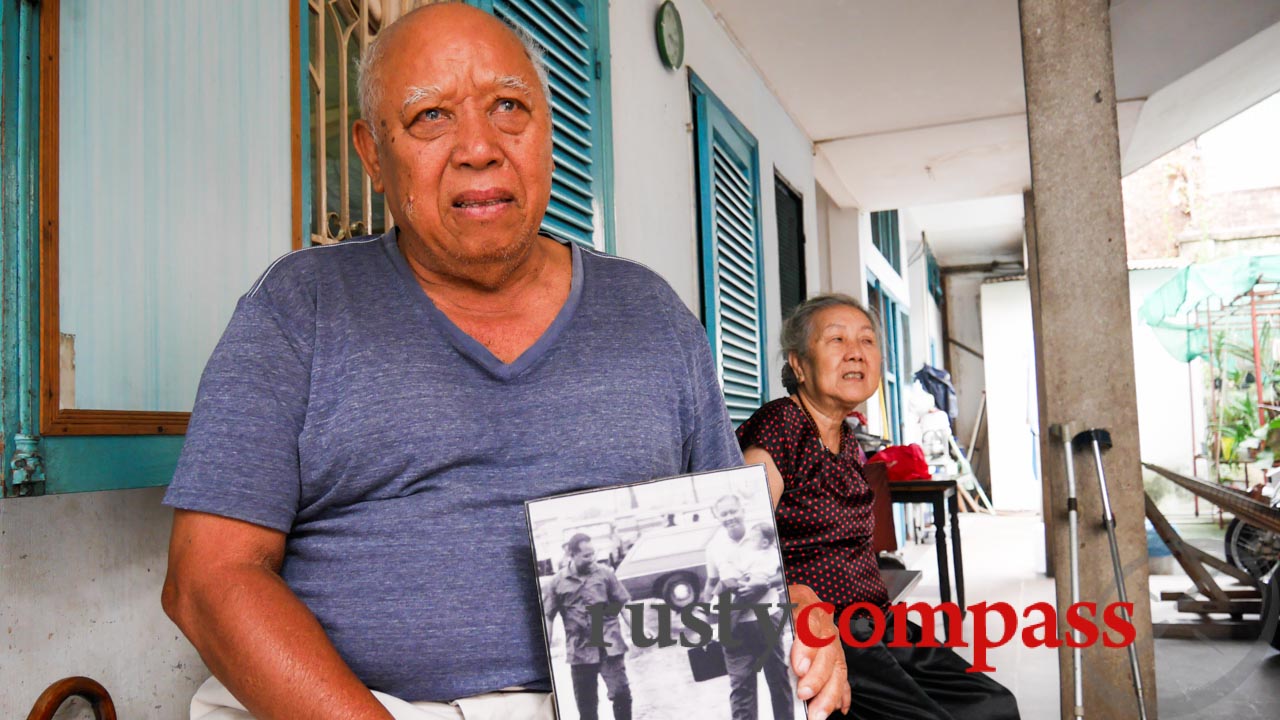
Photo: Mark Bowyer Cu Thach Ban, Duong Van Minh's driver holds a photo together with his former boss.
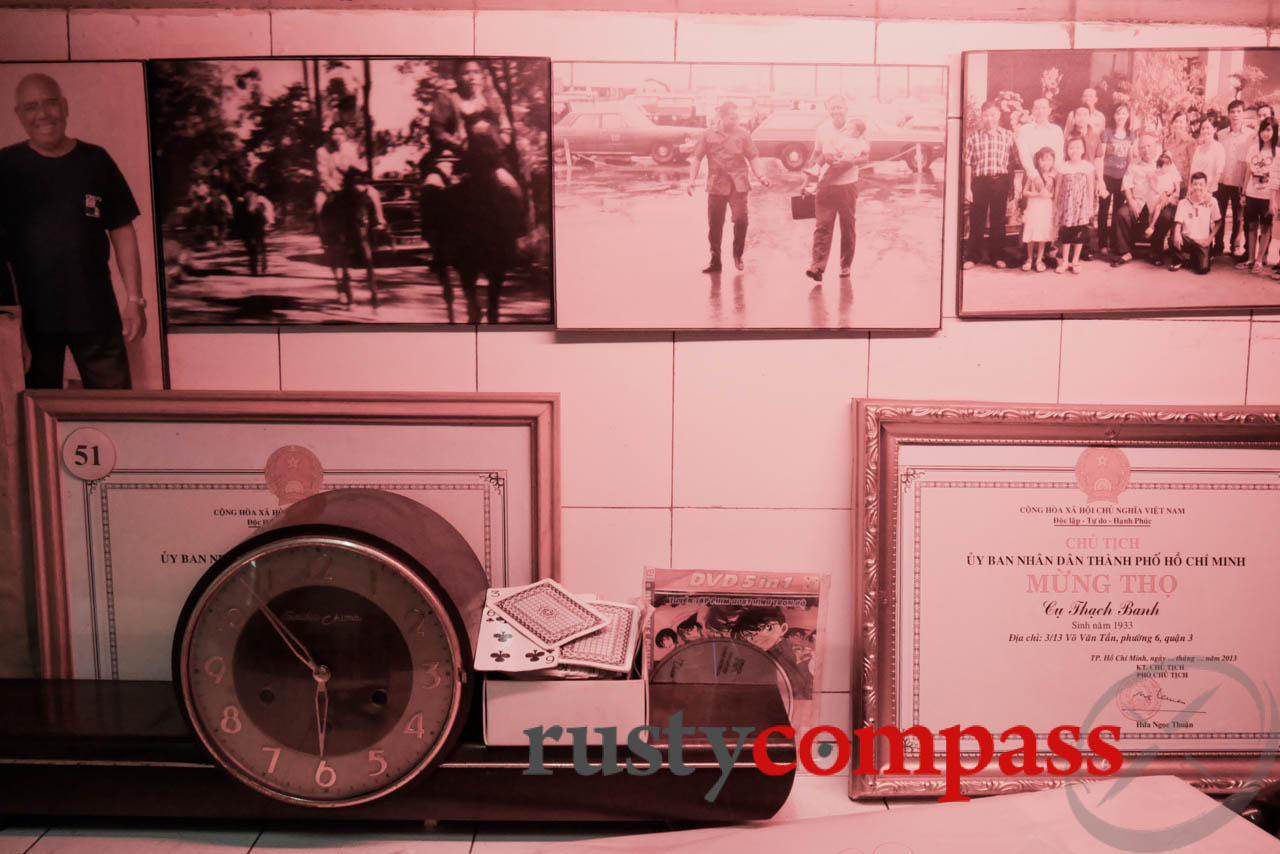
Photo: Mark Bowyer The driver's pre 75 photo display with more recent awards from the city government.
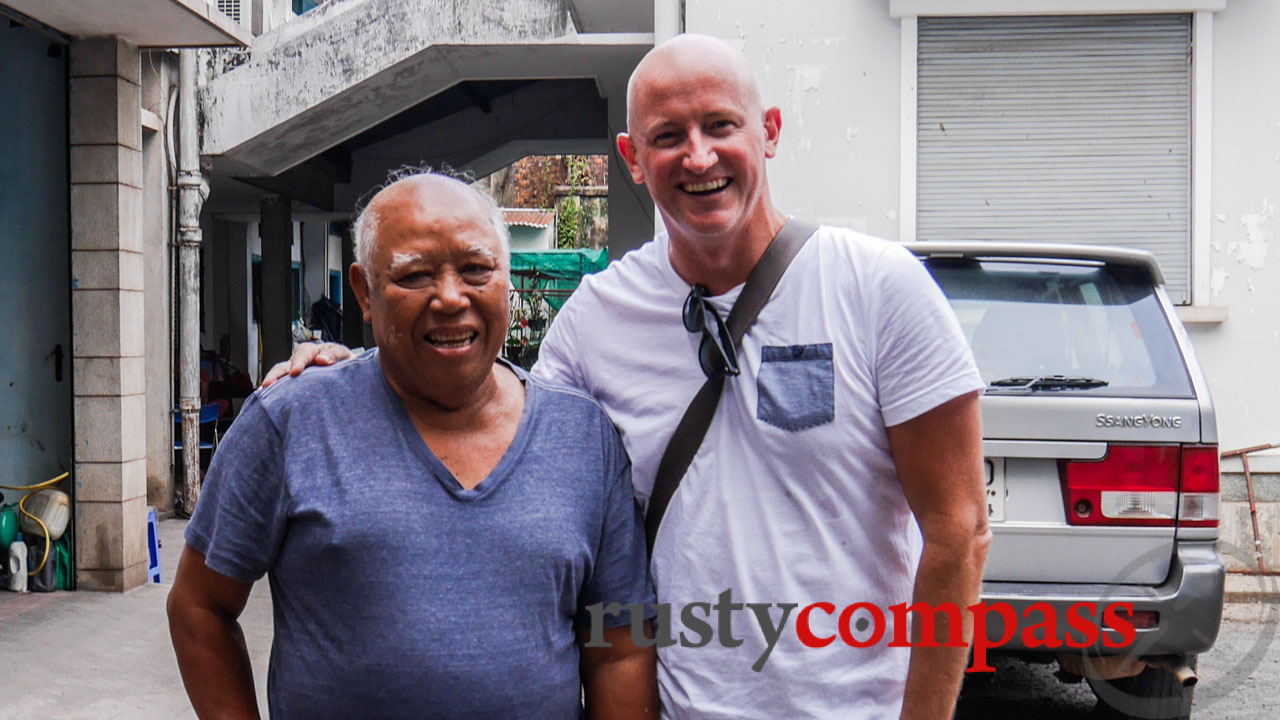
Photo: Unknown The last president's driver and I.
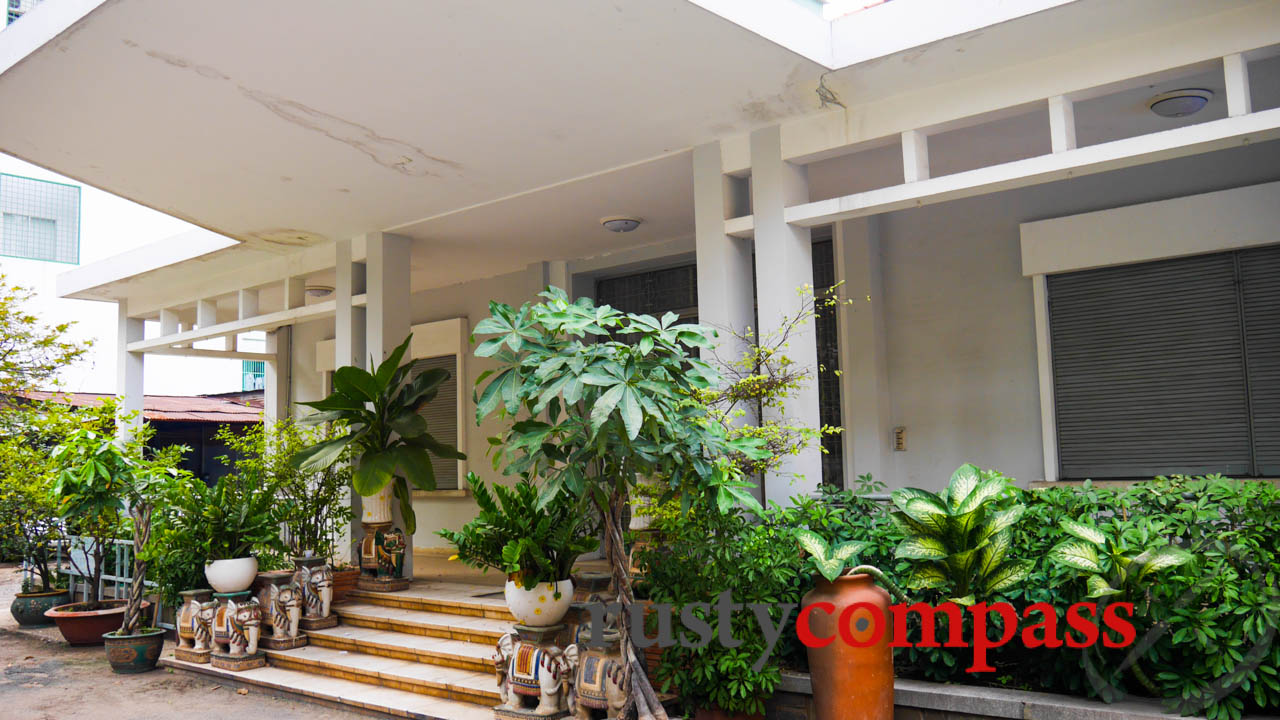
Photo: Mark Bowyer Duong Van Minh's cool Saigon home.
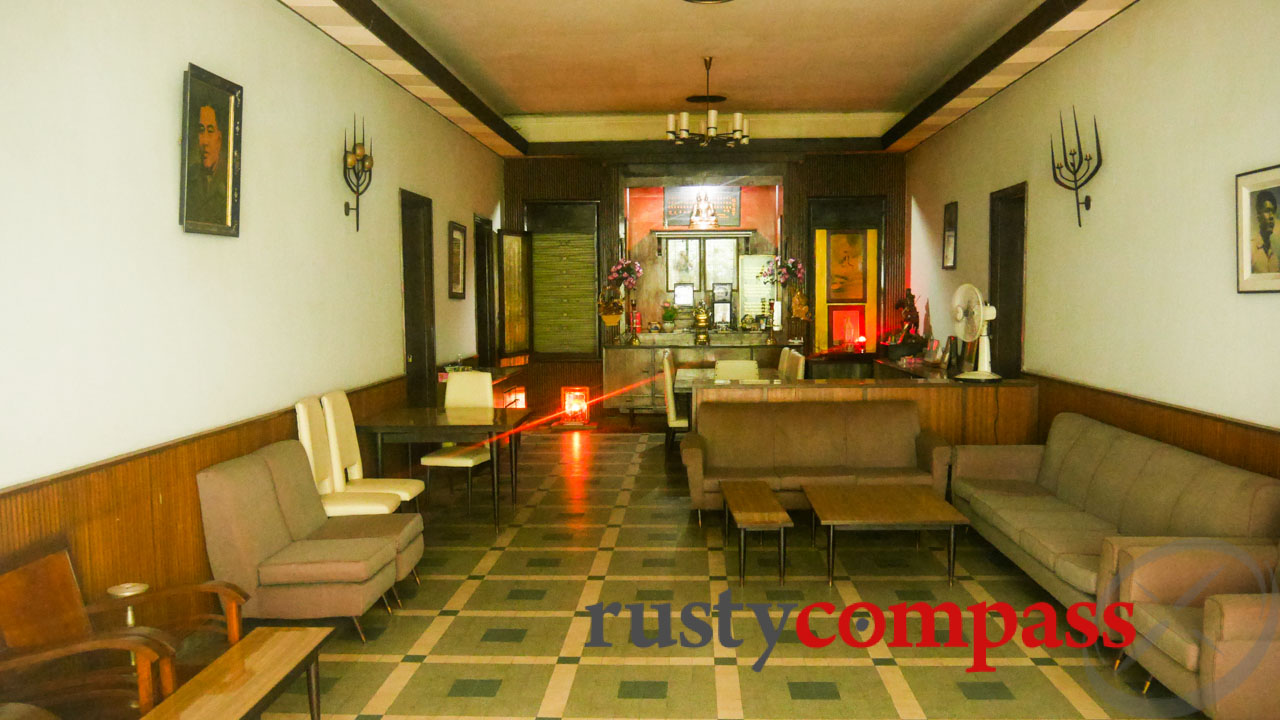
Photo: Mark Bowyer The interior of Duong Van Minh's home looks unchanged since his 1983 departure.
Big Minh played a big role in South Vietnamese history. In 1963, he was the lead conspirator in the US-sanctioned bloody coup against President Ngo Dinh Diem. A short and unsuccessful stint as President followed and then Minh went into exile in Bangkok.
Minh favoured a so-called "third way" in dealing with Vietnam's conflict - an accommodation between the rival factions. It made him unpopular with the more hawkish South Vietnamese and US officials. It also meant he had some ties with the NLF (known as the Viet Cong) and the North.
As South Vietnam's forces collapsed, Big Minh was drafted into the job of salvaging a peace deal with the North. But it was too late. There was nothing to negotiate.
Minh met North Vietnamese Colonel Bui Tin at the Presidential Palace that fateful April morning and reportedly said,
"We have been waiting for you so that we could turn over the government."
Bui Tin is said to have replied, "You cannot give up what you do not have."
The greatest irony of that encounter was that 15 years later, both men found themselves on the wrong side of Vietnam's hardline regime and both were living in exile in France.
Unlike many ranking South Vietnamese military and civilian officials, who suffered terribly during post-war "re-education", Duong Van Minh's political sympathies meant that he was able to live a quiet life in this compound before leaving for exile in France in 1983. He died in California in 2001.
Cu Thach Banh didn't have too much to say about the past but I assume that he was also protected by the relative good standing of Duong Van Minh in the eyes of the new regime. Though I was surprised that he had managed to hold on to his prestigious Saigon address.
I wasn't able to get inside Minh's former residence but I was able to scrub the filth off the glass door to get a picture of the interior. It's hard to imagine it's changed at all since his departure 30 years ago.
The home of South Vietnam's last president was a modest place really. Especially compared to the mansions Vietnam's new rich live in - many of which are owned by the offspring of the communist victors. And unlike the massively overblown mansions of most of the rich and powerful in today's Vietnam, Minh's place also showed some restrained architectural taste as well.





4 comments so far
Thanks Mark, thoroughly enjoyed reading this one.
This article really taught me a lively picture of Vietnamese history that we, the young Vietnamese, never been taught at school.
Great story Mark! Amazing that Minh's house is still there and intact. So the driver lives there now? Tom
One of the forgotten figures whom rarely gets a mention in history - that was a great encounter!